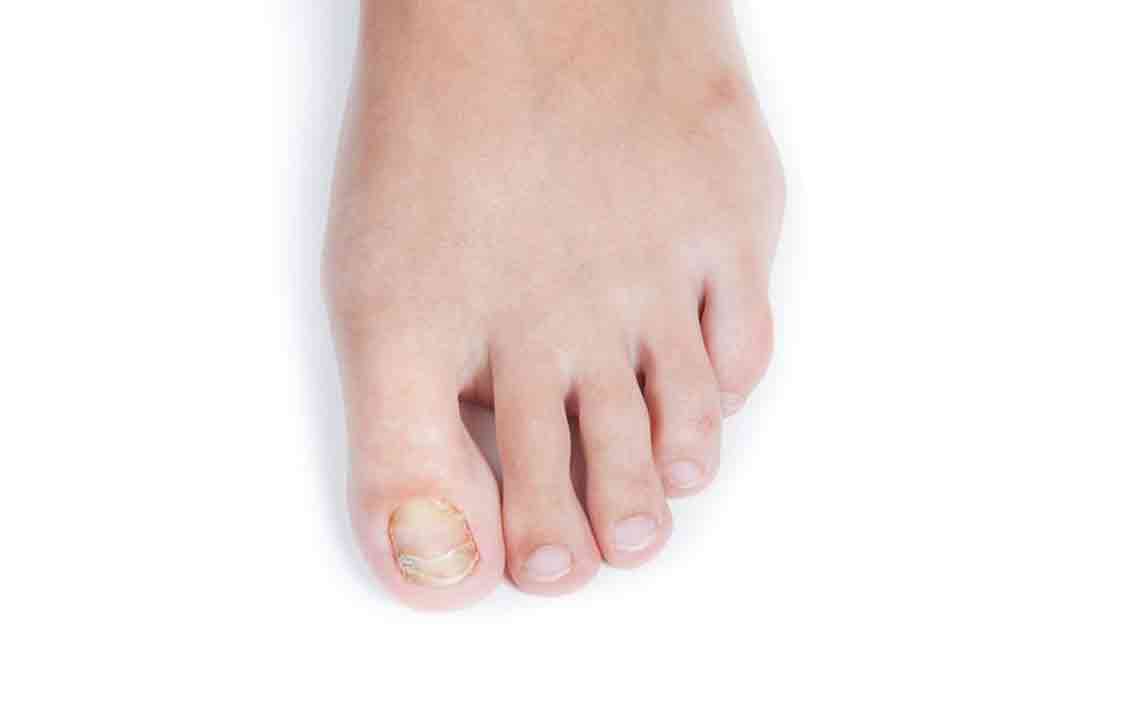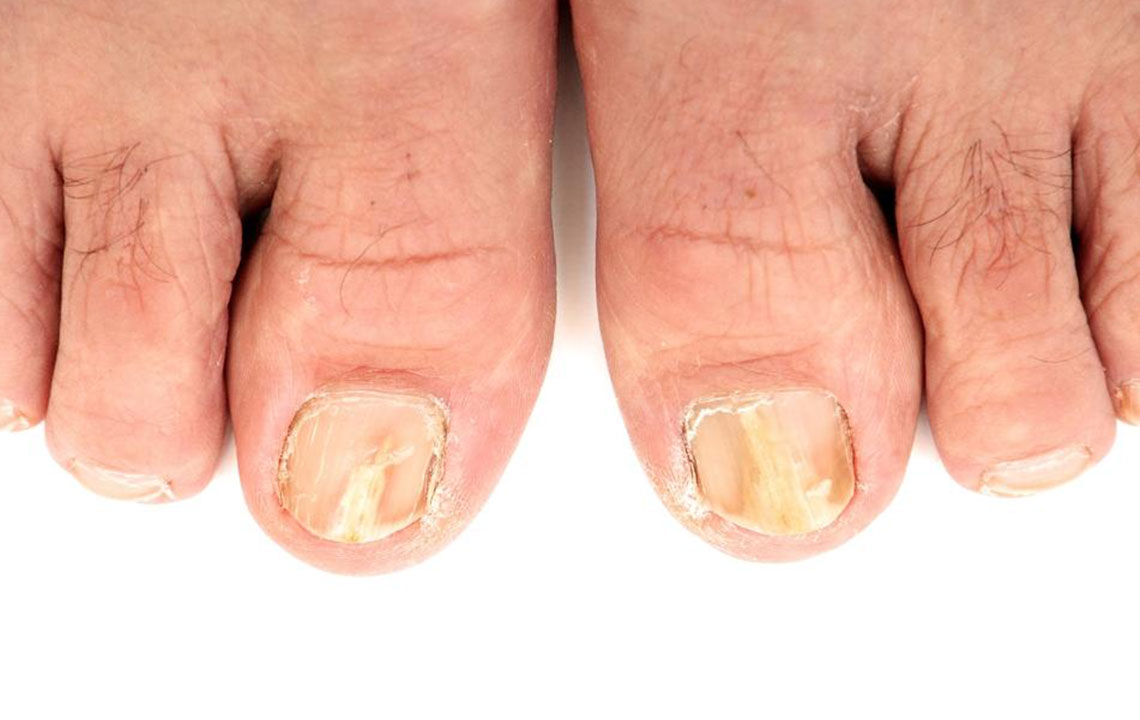Comprehensive Guide to Treating Toenail Fungal Infections Effectively
This comprehensive guide explores effective treatments for toenail fungal infections, highlighting early signs, preventive strategies, and natural remedies. It emphasizes the importance of timely care, proper hygiene, and professional treatments for restoring healthy nails and preventing complications, especially in vulnerable populations like diabetics. The article offers practical tips for home care and outlines how lifestyle changes can reduce risk. Whether mild or severe, understanding how to manage toenail fungus is essential for maintaining overall foot health and preventing long-term damage.

Understanding Toenail Fungal Infections and How to Treat Them
Toenail fungal infections, medically known as onychomycosis, are a common yet often overlooked health issue that affects millions globally. Studies estimate that approximately 5% of the world's population experiences some form of toenail fungal infection at any given time. This condition is characterized by the growth of fungi on or under the toenails, leading to a variety of symptoms and health concerns if left untreated. Early detection, proper treatment, and preventive measures are essential to restoring nail health and avoiding potential complications.
Typically, toenail fungal infections begin with subtle discoloration—showing white, yellowish, or brownish patches at the tips or edges of the nail. As fungi continue to thrive and multiply, they cause nails to become thickened, brittle, and sometimes deformed. The texture of the affected nails can change dramatically, with edges cracking or enamel peeling away, resulting in a rough, uneven surface. In severe cases, infections lead to nail loss, pain, or secondary bacterial infections. Recognizing early signs and seeking prompt treatment can significantly improve outcomes and prevent the infection from spreading further.
Recognizing the Symptoms of Toenail Fungal Infection
Thickened, distorted nail edges
Persistent unpleasant odor emanating from the nails
Darkened or yellowish discolored nails
Deformation or misshapen nails
Broken or cracked nail surface
People with underlying health conditions such as diabetes are at a higher risk and should seek immediate medical consult if symptoms appear. Early diagnosis and treatment are crucial to manage the infection effectively and prevent serious health issues.
Toenail fungal infections are primarily caused by dermatophytes, a type of fungus that targets keratin-rich tissues. Other fungi, such as yeasts and molds, can also be responsible for these infections. Fungal growth on toenails is more common among older adults due to natural changes in nail composition, permeability, and blood circulation. Factors such as poor foot hygiene, excessive sweating, minor foot injuries, and wearing tight or non-breathable footwear contribute to the risk of infection. The fungi often originate from common environments like communal showers, locker rooms, or contaminated footwear.
While generally not contagious in every case, toenail fungal infections can spread to other parts of the body or to other individuals through direct contact or shared items. In people with compromised immune systems or underlying health conditions like diabetes, untreated infections can lead to serious complications, including secondary bacterial infections or nail loss. Preventive measures such as good foot hygiene, wearing breathable shoes, and avoiding walking barefoot in communal areas are vital to reduce risk. Additionally, addressing foot conditions like athlete’s foot promptly can prevent fungi from spreading to the toenails.
Effective Prevention Strategies
Regularly trim nails and professionally file edges to prevent damage
Maintain daily foot hygiene with soap and water
Apply moisturizing creams to keep skin and nails healthy
Wear well-ventilated, breathable footwear
Use moisture-wicking socks to reduce sweat accumulation
Disinfect shoes with antifungal powders or sprays regularly
Ignoring early signs can escalate the problem, leading to nail crumbling and increased discomfort. Consistent care and attention can significantly mitigate infection risks and promote healthier nails over time.
Natural Remedies for Toenail Fungal Infections
Baking Soda and Hydrogen Peroxide: Combine four cups of hot water with half a cup of baking soda, a quarter cup of 3% hydrogen peroxide, half a cup of Epsom salt, and a quarter cup of white vinegar. Soak the affected nails for approximately 30 minutes daily. After soaking, dry nails thoroughly and repeat this process twice daily for at least a week. This mixture helps create an environment hostile to fungal growth and aids in reducing infection severity.
Tea Tree Oil Application: Mix a few drops of tea tree oil with one teaspoon of coconut or olive oil. Using a cotton ball soaked in the mixture, gently apply to the infected nails. After 10 minutes, scrub gently with a soft brush or cloth. Repeat this application daily for a week. Tea tree oil possesses natural antifungal properties that can promote healing and support nail regrowth.
Apple Cider Vinegar Soak: Prepare a foot soak with warm water and add a generous amount of apple cider vinegar. Soak your feet for at least 30 minutes daily. The acidity of vinegar helps inhibit fungal growth by altering skin pH and creating an inhospitable environment for fungi.
White Vinegar Treatment: Apply undiluted white vinegar directly onto affected nails using a cotton swab or cloth. This simple method helps restore natural skin acidity, promoting healing. Regular application can help prevent fungal spread and support the natural healing process.
In addition to home remedies, maintaining overall foot hygiene and using antifungal creams or medications prescribed by a healthcare professional increases the chances of successful treatment. Persistent or severe infections may require prescription oral antifungal medications for more effective eradication of the fungus.
In summary, managing toenail fungal infections requires a combination of early detection, proper hygiene, natural remedies, and professional medical advice when necessary. Adopting good foot care habits and preventive measures can help maintain healthy, fungus-free nails and improve overall foot health.





